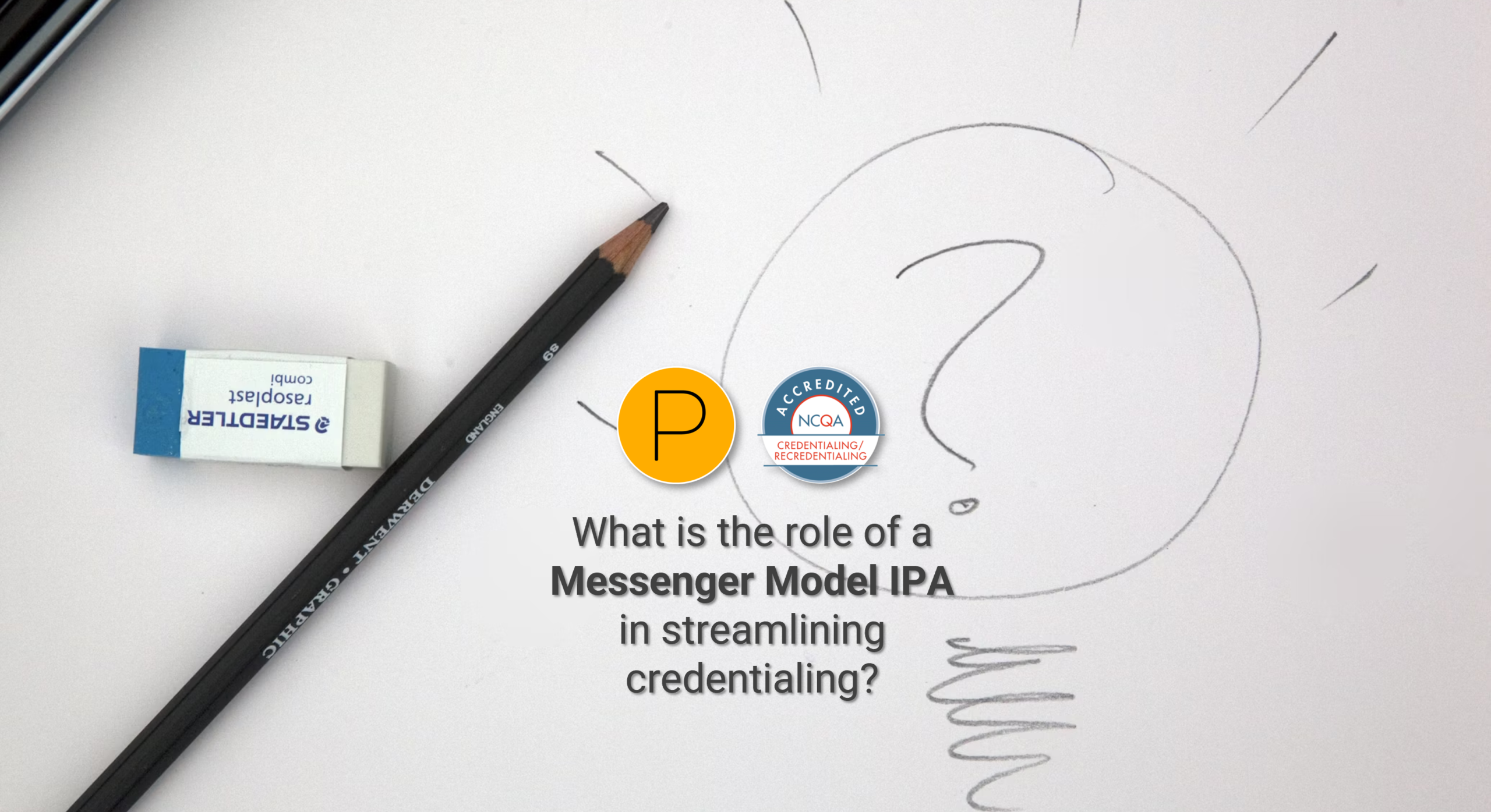Healthcare providers may hear that a plaintiff in a medical malpractice lawsuit is rewarded with excessive damages. Sometimes, damages are awarded years after an initial incident. Providers may even have experienced this event firsthand.
This potential future liability of a claim being filed a substantial time after a medical malpractice incident is part of the long-term liability of practicing medicine, changing jobs, or liability that exists even after a medical malpractice policy has been canceled. Medical malpractice long tail coverage is a medical malpractice policy rider that can help mitigate this risk.
The Medical Malpractice Claims Process Can Be Lengthy
While malpractice lawsuits may spring up to surprise providers, they might also have been years in the making, winding their way through the legal system. Sometimes a plaintiff’s injuries that may have been caused by negligence are not apparent from the outset.
Other times, medical malpractice insurance companies and medical malpractice lawyers may want to conduct lengthy investigations before following through with any legal proceedings.
Whatever the reason, a medical malpractice claim may be filed long after the incident. In most states, you can file a medical malpractice claim 2 – 3 years after the incident. What can a provider do to ensure they are covered from medical malpractice claims that happen two or three years later?
Medical Malpractice Long Tail Coverage
Medical malpractice insurance with a long tail rider written in the policy (medical malpractice long tail coverage) can help healthcare providers who face malpractice litigation sometime after the incident, especially if the provider’s policy expired or was canceled before the claim was filed.
Long tail coverage differs from standard claims-made insurance policies. Claims-made policies can protect healthcare providers from incidents that occurred and were reported while the policy was in effect.
Long tail coverage can also cover any lapses of insurance. For example, there might be a period when a provider is switching insurance carriers. If a medical malpractice claim occurs during this time, the new insurance policy might not cover incidents before the coverage date. Long tail coverage could be helpful if the incident happened during the original policy period. If the provider did not have such medical malpractice coverage, the plaintiff could collect damages from the provider’s personal assets.
Drawbacks To Long Tail Coverage
Many healthcare providers who want long-tail coverage can expect to pay more insurance premiums. This policy option is usually offered with standard policies and can help protect a provider’s wealth. Most insurers provide free tail coverage for retiring physicians at least 65 years old and have maintained the same policy for at least five years or for retiring physicians of any age who have maintained a policy for ten years or more.
The legal costs associated with medical malpractice claims might be higher than other lawsuits since legal proceedings can continue longer. Having the proper type of insurance is up to the insured provider’s discretion, but every option should be researched and considered.
More information about Fifth Avenue Agency
Fifth Avenue Agency specializes in MPLI and medical malpractice insurance, serving 1000s of providers nationwide. Fifth Avenue Agency is part of the Fifth Avenue Healthcare Services family. Sister companies include 5ACVO (credentialing and primary source verification specialists) and Primoris Credentialing Network (credentialing and provider enrollment specialists with 54+ health plan and network provider enrollment options).
Fifth Avenue Agency initially published this article here. For information on Fifth Avenue Agency, please visit FifthAvenueAgency.com or Contact Us.











